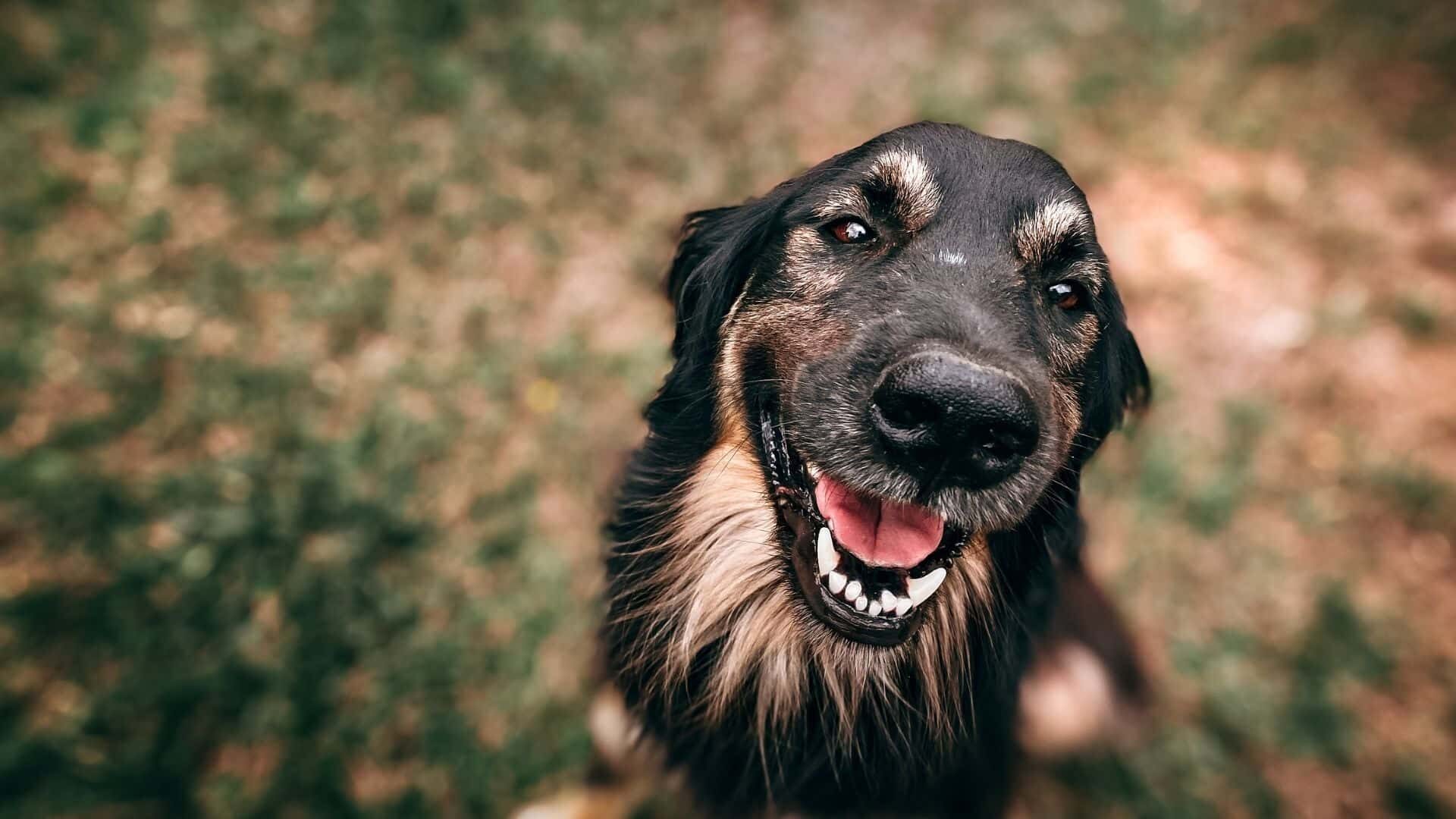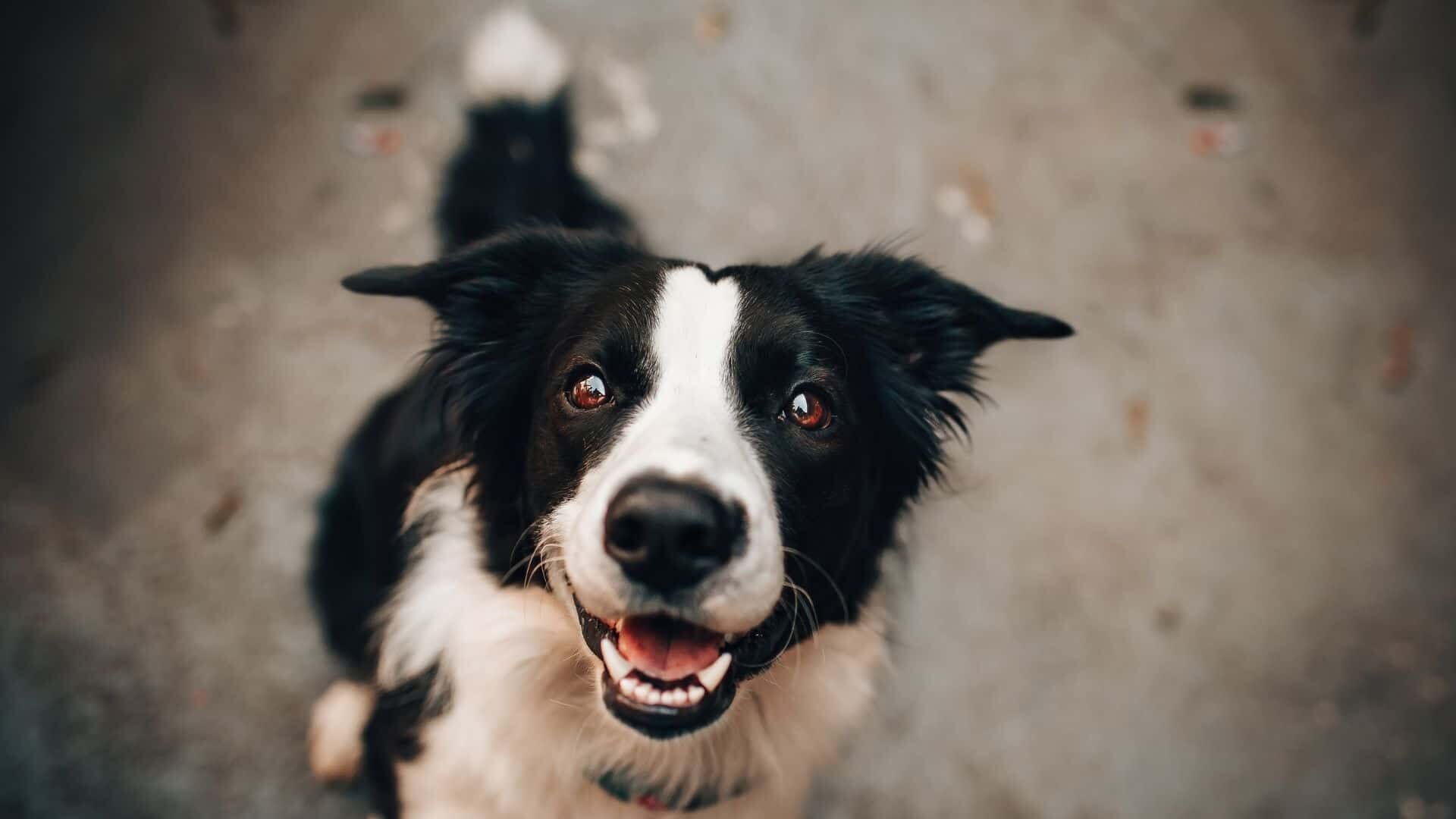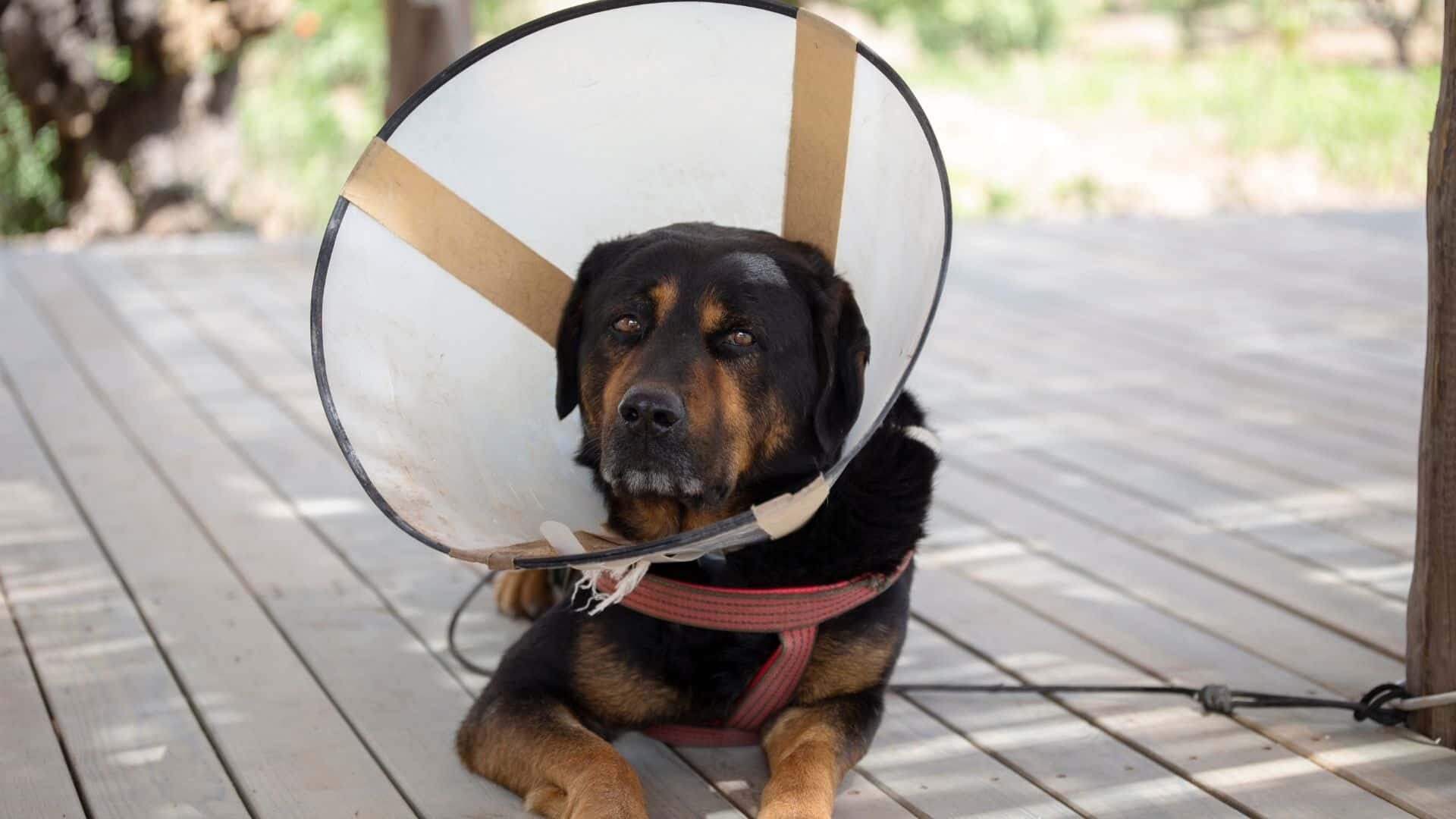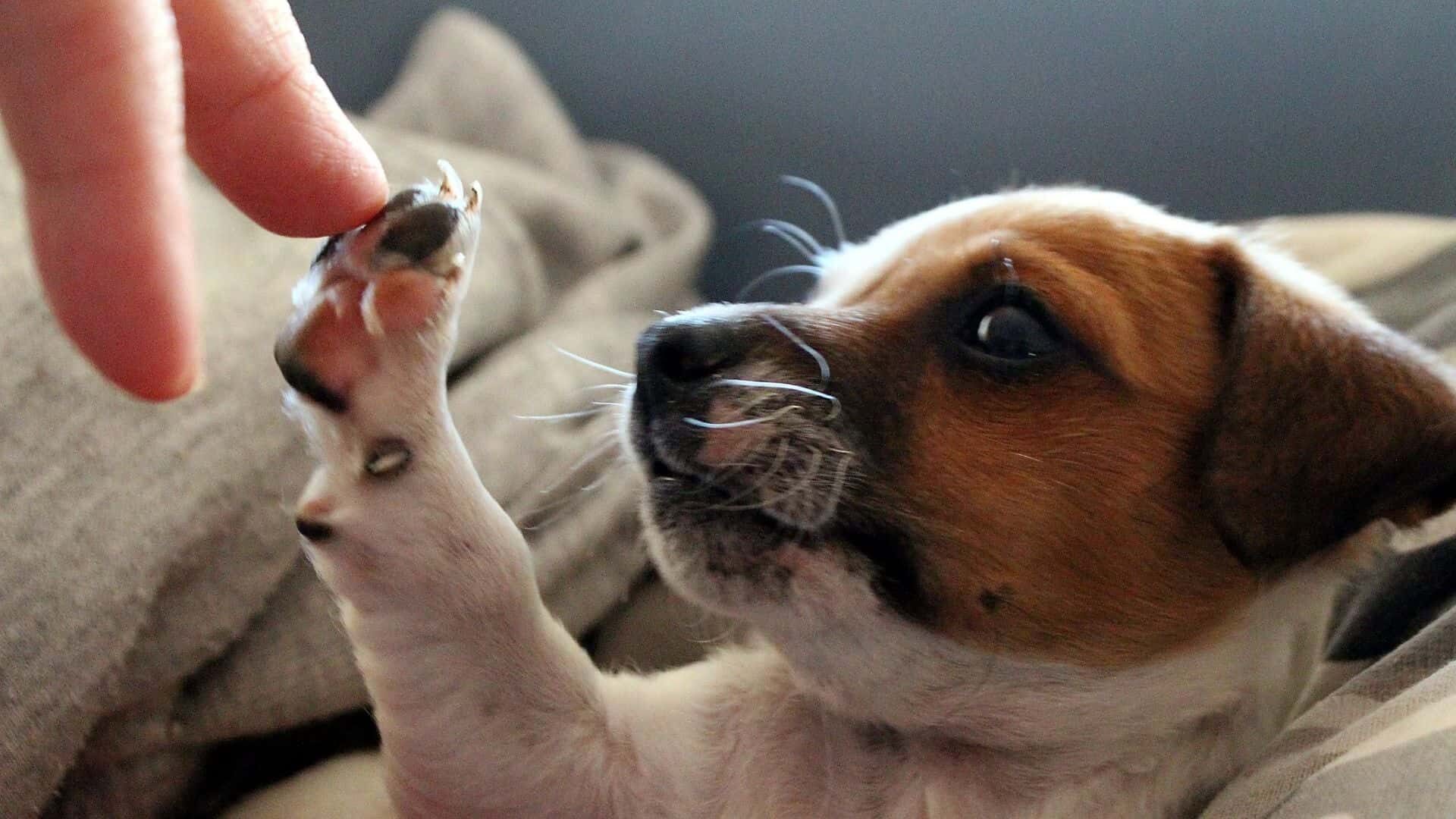Castration, spaying, ‘the snip,’ ‘being done,’ and ‘being dressed’ are all terms for the same thing: an operation to remove the testicles or ovaries.
Castration refers to the removal of a male dog’s testicles, whereas spaying refers to the removal of a female dog’s ovaries (and usually the womb). Neutering prevents unintended pregnancies and has a variety of health benefits. However, there are a few drawbacks to neutering.
Does neutering a dog remove the testicles?

Neutering is a routine procedure that most veterinarians perform on a daily basis. The surgical removal of the testicles is known as neutering or castration. The testicles are the body’s primary source of testosterone, so removing them cause’s changes in sex drive, hormone-related behaviors, and hormone-related health concerns.
Removing the testicles may also protect against some later-life health issues, such as testicular cancer, prostate enlargement, and hormone-related perineum tumors. When done before a certain age, neutering may also be associated with an increased risk of certain musculoskeletal disorders and cancers.
Having your dog neutered will keep him healthy and prevent unwanted litter.
What are the steps in neutering a dog?
Preparation:
Food and water – Don’t feed your dog anything for 6-8 hours before the procedure to ensure their stomach is empty (so they don’t regurgitate and choke while under anesthetic). This entails skipping breakfast and avoiding sweets. Water is safe to drink until about 2-3 hours before their operation (i.e. take it up at 6-7 am the morning of their surgery).
Notify your veterinarian if your dog has any health issues or if you have been concerned about them in the days leading up to their surgery.
Cleanliness:
If possible, ensure that your dog is clean for their operation by bathing them and removing any matted fur, mud, or dirt. Don’t worry, if you’re having trouble doing this; simply consult with your veterinarian beforehand.
Prior to the procedure
Your veterinarian will examine your dog, place them in a warm, comfortable kennel, and administer a mild sedative to help them relax and prepare for their anesthetic.
The procedure
Your dog will be given a full/general anesthetic, the surgical site will be clipped and cleaned, and pain medication will be administered. They will then be closely monitored during their operation:
Females:
An incision is made in the abdomen (tummy) so that the ovaries and womb can be carefully tied off and removed (with dissolvable stitches).
Males:
A small incision is made at the base of the penis to allow each testicle to be tied off (with dissolvable stitches) and removed. If your dog is crypt orchid (one or both testicles have not dropped), the operation may be more difficult. However, it is critical to have retained testicles removed because they can cause serious problems if left alone.
Depending on the type of stitches used by your veterinarian, you may or may not be able to see them from the outside.
Following the procedure
Your dog will awaken from anesthesia while being closely monitored by a veterinarian and/or a vet nurse. After that, they will be placed in a warm, comfortable kennel to recover. Most dogs can go home within a few hours of their surgery, but some need to be monitored for a longer period of time.
Recovery, home care, and regular check-ups
When your dog first arrives home, he or she may be sleepy and disoriented. This can last for several hours, but as the anesthetic drugs wear off, they will begin to feel much better (usually within 24-48 hours).
When your dog is feeling better and more energetic, it’s natural for them to want to run around as usual, but it’s critical that they rest for 7-10 days to avoid complications with the wound and internal stitches. You may need to keep your dog on a leash, crate them, or confine them to a single room if necessary. You will need to gradually reintroduce them to exercise after they have recovered from being neutered.
Keeping the wound safe
Your dog will most likely be fitted with a protective cone/buster collar to prevent them from licking and nibbling at its wound. If you want a soft buster collar or a bodysuit for your dog, consult with your vet first.
Check-ups
Your dog will usually require a check-up 2-3 days and 7-10 days after surgery to ensure that they are healing properly and feeling better. If you have any concerns about them before their check-up, speak with your veterinarian.
Taking out the stitches
If your dog has dissolvable stitches, they will not need to be removed (dissolvable stitches are usually blue/purple in color). If they have non-dissolvable stitches, they will need to be removed 7-14 days after surgery.
What to expect after neutering?
The neutering of your dog is a routine procedure that will help keep your dog healthy and prevent unwanted litter. People frequently inquire whether or not male dogs’ behavior changes after neutering.
Here’s what to expect when you have your dog neutered.
What are the changes in a dog’s behavior after neutering?
Neutered dogs are frequently less aggressive, calmer, and happier in general. Their desire to mate is gone, so they will no longer be on the lookout for a dog in heat. Most dogs will continue to bark and be just as protective of you and your family without the edge that comes with sexual behaviors, depending on the breed.
Many of the undesirable behaviors displayed by puppies and dogs are related to everything Mother Nature throws at them prior to neutering. Dogs who have been neutered will notice a significant reduction in the following behavioral patterns, which can be harmful or have an impact on their overall quality of life:
- Aggression
- Irritability
- Defining boundaries
- Mounting
- Roaming
What are the pros and cons of neutering a dog?

One important decision that pet owners must make is whether or not to fix their intact puppy. Shelter pets are usually spayed/neutered when they are adopted. As a result, pet owners who buy from a breeder are usually faced with this decision, as these puppies are typically sold intact.
Before deciding whether or not to spay or neuter your dog, it is critical that you understand what neutering is, the benefits of neutering, and the aftercare of this procedure.
If you notice any serious problems with your dog, please contact your veterinarian right away.
Pros:
There are numerous health and behavioral advantages to neutering your dog. While there is always some risk in having surgery and being anesthetized, neuters are typically considered a routine surgery with a good recovery outlook.
- The main benefits of castrating a male dog are that it prevents breeding, prevents testicular cancer, lowers the risk of prostate problems (including prostate cancer), and changes certain behaviors.
- Only behaviors related to male hormone levels will be improved, so castration should never be used instead of proper socialization and training. For example, if your dog is chasing the scent of a bitch in season, his tendency to escape and run away will improve, but not if your dog is simply untrained and wilful. Castration can help an aggressive dog if the cause is related to his male hormone levels, but it will not help if your dog has not been well socialized and is afraid of people and other dogs.
- Mature intact dogs have a higher rate of enlarged prostates, which can lead to additional health issues. Neutering your dog at a young age lowers his chances of developing an enlarged prostate as he gets older.
- Spraying or inappropriate urination may be reduced after neutering.
- Neutering your dog lowers testosterone levels, which can help reduce aggression in some dogs.
Cons:
Neutering/Castration is one of the most common surgical procedures in veterinary medicine. Serious complications are extremely rare if the dog is in good health and aftercare protocols are followed. Despite the fact that this is a routine surgery, minor to major complications can occur, and it is critical that you are aware of them.
- Scrotal bruising and swelling: Typically, this is self-limiting and resolves with time. This is more likely to happen in older dogs or if they are overly active following surgery.
- Bleeding: This can happen during or after surgery, but because the vessels supplying the testicles are small, the bleeding is usually minor and easily controlled if it happens during surgery, and it is usually self-limiting if it happens after surgery.
- A hematoma, abscess, or seroma: Blood or fluid accumulations beneath the incision may occur and, in most cases, resolve without intervention. Pus may accumulate and necessitate antibiotics in rare cases. Because of the careful aseptic technique, this is extremely rare. Blood can accumulate within the scrotum itself (scrotal hematoma) on occasion, usually in older, large breed dogs, as a result of excessive exercise following surgery. With the addition of anti-inflammatories, smaller hematomas can be left to reabsorb over time. Drainage may be required on rare occasions.
- Infection and wound deterioration: Preventing this requires preventing him from licking his incision and limiting his exercise.
- Anesthetic danger: Several precautions are taken to mitigate this risk, and your pet will be closely monitored at all times.
- An increased risk of malignant prostate and bladder cancer: Mix-breeds, Shetland sheepdogs, Scottish terriers, Beagles, English Springer Spaniels, German shorthaired pointers, and West Highland white terriers are at higher risk. If you own one of these breeds, consult with your veterinarian about the best option for you.
- Weight gain after surgery if his diet is not properly adjusted.
- Fear aggression may worsen if performed before a fearful behavior is fully assessed and a behavioral modification plan is implemented.
- Rottweilers deserve special mention. There is some evidence that rottweilers are more likely to develop bone cancer (osteosarcoma) after castration.
Why should you have your dog neutered?

Unfortunately, there is no “one size fits all” solution for neutering your dog, and ongoing research means that advice is constantly evolving. The decision of whether or not to fix an intact puppy is a critical one for pet owners.
Shelter pets are usually spayed/neutered when they are adopted. As a result, pet owners who buy from a breeder are usually faced with this decision, as these puppies are typically sold intact. If you are debating whether or not to spay or neuter your dog, it is critical that you are well informed about what neutering is, the benefits of neutering, and the aftercare of this procedure before making your decision.
It is a decision that must be made based on the age, breed, and goals of the owner, while carefully weighing the benefits and risks. If you are at all unsure, please contact Orchard Vets to discuss your options.
Female dogs:
- Neutering your female dog helps to prevent unintended pregnancies.
- It help you protect against pyometra (an infected womb)
- It lowers the risk of mammary (breast) tumors
- It protects against false pregnancy/pseudopregnancy
- It lowers the likelihood of unwanted hormone-related behaviors (such as humping or aggression)
- It prevents seasons and the onset of heat
Male dogs:
- Neutering your male dogs helps to protect against testicular cancer
- It lowers the risk of prostate problems later in life.
- It lessens the desire to find female dogs.
- Lowers the likelihood of unwanted hormone-related behaviors (such as humping or aggression)
Top 5 FAQ & answer on does neutering a dog removes the testicles
Is there another option to neuter my dog?
Vasectomy can also be used to sterilize dogs. In dogs where castration at any age may be associated with negative health risks, vasectomy is an excellent alternative for preventing unplanned litters and continuing to control the pet overpopulation epidemic.
How much does it cost to neuter a dog?
It’s impossible to say how much neutering your dog will cost because prices vary between practices and depend on your dog’s size and whether he or she is male or female. If you call your veterinarian, they will be able to tell you their fees.
If you are having difficulty affording the cost of neutering your dog, inquire with your veterinarian or your local dog warden about any charitable assistance that may be available.
What are the symptoms of atypical neutering recovery?
If your dog exhibits any of these symptoms, it could be a sign that the incision is not healing properly. Keep an eye out for the following signs of abnormal recovery after surgery on your dog:
• Excessive swelling or redness following neutering
• Healing of a neuter incision
• Dissolvable stitches for neutering
• Inability to urinate or pain while urinating
• Odor or foul odor emanating from the incision site
• Excessive squeezing (or any draining if the incision site was completely closed)
When can you take your dog home after neutering?
Your dog will be taken home the same day as the surgery with a buster collar or medishirt to prevent him from licking at his incision. You should take him in for a check-up three and ten days after surgery to ensure he has recovered from the anesthetic and to determine if there are any complications that need to be addressed.
How long does it usually take for dogs to heal completely after being neutered?
7-10 days after being neutered, dogs are usually fully healed and able to resume their normal exercise routine. Although they may appear to be ready for their normal routine before then, it is critical to limit your dog’s exercise before the 7-day mark to encourage a complete recovery. They can go for walks as soon as they get home from the vet! Running, jumping, and rough play, on the other hand, should be avoided because they can cause the incision site to open (if it was closed). Swimming and bathing should also be avoided for 7-10 days while the incision site heals to avoid infection.
Conclusion

Pet overpopulation is a worldwide issue, and unplanned litters are responsible for a staggering number of euthanasia’s in the United States and around the world. Preventing unplanned litter is an important part of being a responsible pet owner. As a result, neutering a dog is frequently regarded as part of responsible pet ownership.
It is one method of preventing unplanned litters, though the timing of this procedure has recently come under scrutiny within the veterinary science community. As a best practice for health and handling, many male animals are neutered (castrated). There has been a lot of research done on the health and behavioral effects of castration in pet dogs.






